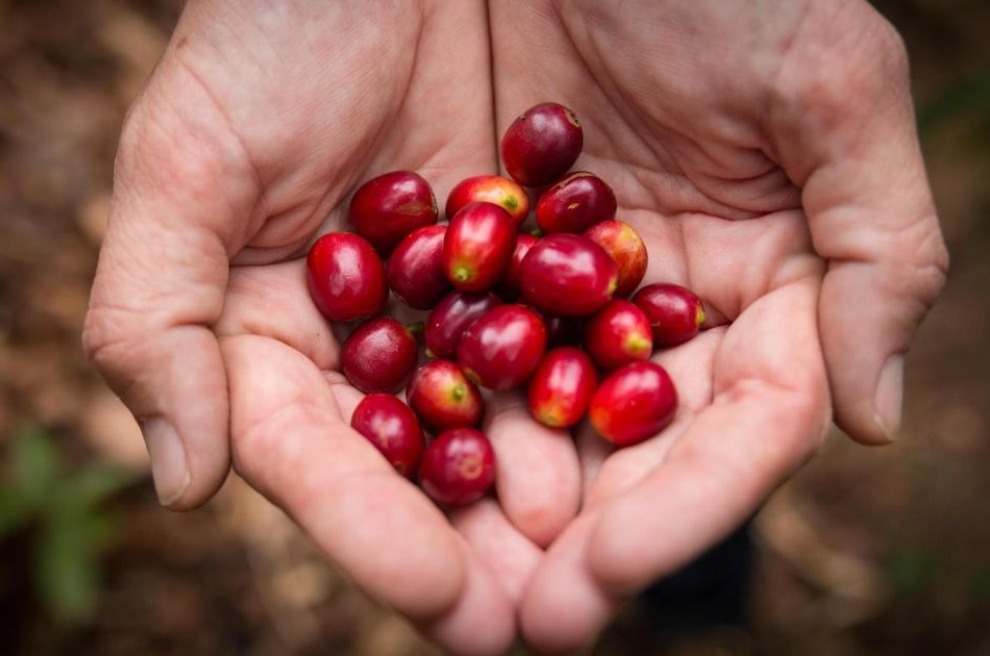
The Coffee Cycle
To appreciate the perfect cup of coffee you are enjoying between your hands, you might need to go a little bit backward to know where did it come from or how did it grow to produce such flawless coffee taste and affect. Coffee takes a very long time to get from the farm to your breakfast table. A huge number of people are involved all the way along the supply chain. The following is not intended to be an accurate calendar, but it illustrates the life cycle of a single crop. As in this many-handed chain, by the time the farmer receives payment for the crop, preparations for the following year are already under way.
May
The coffee trees begin to flower. 9 months then pass while the flowers develop into fruit. Constant light work around the farm is essential to maintain a natural growth to this plant and protect it cautiously from any potential heavy rain that may cause flowers and fruits to be lost.
January Coffee cherries are still developing
final bean quality is directly affected by the level of rain and sun which contributes to the maturity and development of the fruit’s sugar.
February The majority of coffee cherries are ripening and it’s time to start picking.
March Peak harvest season and long working hours for farmers who process their own cherries. Picking by day and mashing and washing by night places high demand on families. We will tell you more about the washing processes and methods in another blog as it has major impact on the coffee bean that you choose to get for your cup.
April Tail end of the harvest. All fruit must be picked, as rotting fruit on the trees can attract pests and cause damage to the tree. Trees are trimmed and fertilized ready for the next flowering.
April-May Once the harvest is complete, any farm or cooperative that exports their coffee direct must look at the smaller batches and work out how to compile exportable parcels of coffee. For the quality-focused producer, samples of daily production are roasted m cupped and evaluated. This sampling and assessment is to be done to ensure that the final lot represents the character and quality expected by the buyer.
May-June The current crop is now “resting”, still inside its papery fine skin, or parchment. During this period, the coffee can be marketed. Offer samples to be sent out for importers and buyers across the world.
July The coffee here is milled from its parchment layer, which is done by an external company. Any physical defects or damages arising during the process have to be removed as a small percentage of the crop to protect the cup quality.
The milled coffee is ready for shipment and loaded into the container to go on board the ship. Look at your cup once again with deep eyes.
Be grateful for it and remember you are contributing positively in this superb cycle by having your daily coffee from us. Be conscious of what you take into your body and enjoy having it form the best.
Source: Real Fresh Coffee, Jeremy Torz and Steven Macatonia
